The naïve language expert: How infants discover units and regularities in speech
| dc.contributor.author | Mueller, Jutta L | |
| dc.contributor.author | Männel, Claudia | |
| dc.date.accessioned | 2020-08-06T21:25:18Z | |
| dc.date.available | 2020-08-06T21:25:18Z | |
| dc.date.issued | 2013 | |
| dc.identifier.isbn | 978-2-88919-329-5 | |
| dc.identifier.uri | https://www.frontiersin.org/research-topics/532/pdf | |
| dc.identifier.uri | https://digital.bibliotecaorl.org.br/handle/forl/297 | |
| dc.description.abstract | The advent of behavior-independent measures of cognition and major progress in experimental designs have led to substantial advances in the investigation of infant language learning mechanisms. Research in the last two decades has shown that infants are very efficient users of perceptual and statistical cues in order to extract linguistic units and regular patterns from the speech input. This has lent support for learning-based accounts of language acquisition that challenge traditional nativist views. Still, there are many open questions with respect to when and how specific patterns can be learned and the relevance of different types of input cues. For example, first steps have been made to identify the neural mechanisms supporting on-line extraction of words and statistical regularities from speech. Here, the temporal cortex seems to be a major player. How this region works in concert with other brain areas in order to detect and store new linguistic units is a question of broad interest. | |
| dc.publisher | Frontiers Media SA | |
| dc.rights | Aberto | |
| dc.source.uri | https://www.frontiersin.org/research-topics/532/the-naive-language-expert-how-infants-discover-units-and-regularities-in-speech#articles | |
| dc.subject | Voice | en |
| dc.subject | Speech | en |
| dc.subject | Language | en |
| dc.subject | Distúrbios da Voz | pt_BR |
| dc.subject | Fala | pt_BR |
| dc.subject | Linguagem | pt_BR |
| dc.title | The naïve language expert: How infants discover units and regularities in speech | |
| dc.type | Ebook | |
| dc.identifier.doi | 10.3389/fpsyg.2013.00526 |
Files in this item
| Files | Size | Format | View |
|---|---|---|---|
|
There are no files associated with this item. |
|||
This item appears in the following Collection(s)
-
Ebook [18]
